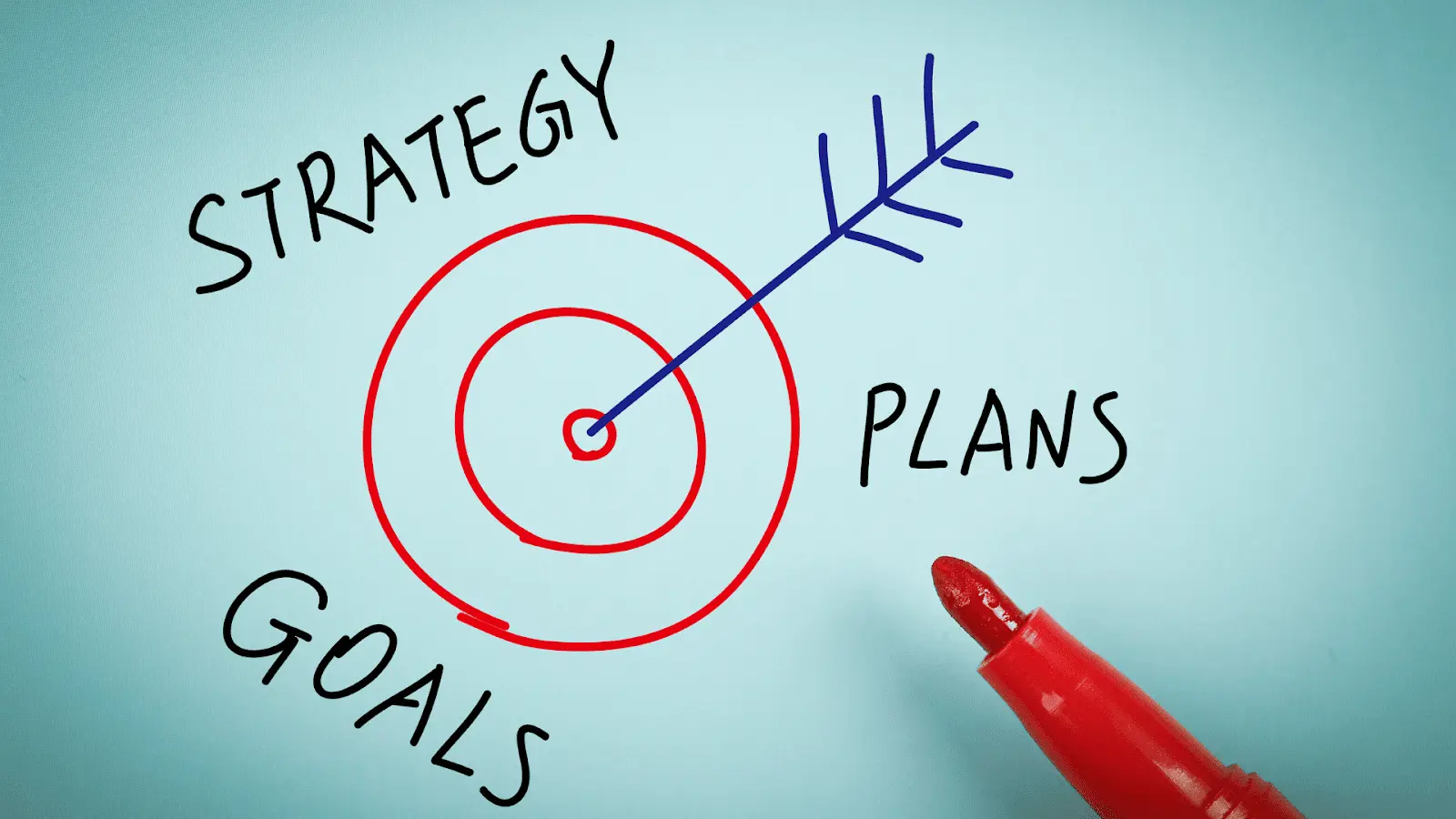Every day, companies lose time, money — and opportunities — due to poor internal content management. However, with a well-designed enterprise content management (ECM) strategy, everything changes: better collaboration, faster decision-making, optimized customer experience, reduced risks.
But where to start? And more importantly, how to do it smartly?
What is Enterprise Content Management (ECM)?
Enterprise Content Management (ECM) refers to the set of methods, tools, and processes used to create, organize, store, secure, and distribute an organization’s digital content — including documents, articles, visual assets, knowledge bases, customer data, and more.
Objective: to centralize knowledge, streamline information flows, and boost overall business performance.
The 6 concrete levers to structure an effective ECM (Enterprise Content Management)

1. Centralize all content in a single repository
Goal: find everything in 3 clicks.
- Use a CMS or DMS with a powerful internal search engine
- Set up a logical folder structure (by department, project, content type…)
- Create a naming convention for files (e.g., 2024_Offer_HR_vFinal.pdf)
📌 Example: A SaaS company centralizes product, marketing, and support content in a single space accessible by the support team in under 10 seconds.
2. Structure roles and approval workflows
Goal: know who does what, and when.
- Create validation workflows (e.g., legal review before publication)
- Assign clear roles: contributor, editor, reviewer, approver
- Automate reminders and notifications
📌 Example: In a regulated company, each document goes through 3 automatic validation steps before being published.
3. Manage the content lifecycle (creation > obsolescence)
Goal: publish less, but better.
- Set expiration dates for each piece of content
- Tag content by stage: Draft, Pending Approval, Published, Archived
- Use a performance dashboard to track high-performing content… and identify what to remove
📌 Example: A multinational automatically deletes outdated PDFs every 6 months with a scheduled task.
4. Rely on integration with your business tools
Goal: avoid turning ECM into just another silo.
- Connect your ECM system to your key tools: CRM, customer support tools, marketing automation, ERP
- Enable automatic synchronization between systems
- Prioritize tools compatible with standard APIs (REST, GraphQL)
📌 Example: A sales team accesses a client case study in one click within HubSpot, thanks to an integration with their document CMS.
5. Ensure Security and Compliance
Goal: Control legal risks and prevent data leaks.
- Enable granular access rights management (by user, team, or document)
- Implement version tracking and change logs on all files
- Manage consents and GDPR compliance with automatic purge options
📌 Example: In a law firm, only the legal department can access sensitive documents, protected by strong authentication.
6. Focus on the End-User Experience
Goal: Make content easy to access and use.
- Organize content by use case, not internal departments
- Design user journeys in the interface (FAQs, top articles, predictive search)
- Use cross-platform formats (mobile, desktop, tablet)
📌 Example: A construction company builds a technical documentation portal accessible via mobile directly from the worksite.
Why implement ECM (Enterprise Content Management) in your company?

| Goal | Concrete Benefits |
|---|---|
| Save time | Fewer duplicates, fewer lost files |
| Boost collaboration | Smooth content sharing between departments and teams |
| Improve compliance | Adherence to standards (GDPR, archiving, traceability) |
| Speed up decision-making | Instant access to strategic information |
| Strengthen consistency | One message, one editorial line, across all channels |
| Enhance customer experience | Tailored, personalized content delivered quickly |
Some companies also choose to boost the reach of their content by focusing on immediate visibility. For example, if you decide to buy TikTok followers , it can be used as a one-time lever to give more momentum to campaigns or to test how well a message resonates. This type of action remains relevant as long as it’s supported by a well-structured editorial strategy.
Best Practices for a Successful Enterprise Content Management (ECM) Project
- Adapt ECM to your business priorities
Regularly adjust your content structure, roles, and workflows to fit evolving needs. - Write a structured requirements document
Clearly list your use cases, business needs, and tools to integrate. - Train your teams
Provide training on writing, organizing, and publishing content for quick onboarding. - Involve end users
Gather their feedback early in the design phase to ensure strong adoption. - Track content performance
Monitor traffic, search queries, and update frequency to improve relevance and efficiency.
The Future of ECM: Toward More Intelligence and Personalization

Enterprise Content Management is evolving rapidly, driven by AI, no-code tools, and mobile usage. Here are the key trends to watch:
| Trends | What it changes |
|---|---|
| 📊 Predictive analytics | Automatically identifies top-performing or obsolete content |
| 🤖 Generative AI | Assists with writing, SEO rewriting, FAQ rephrasing, or guide structuring |
| 🔁 Editorial automation | Triggers automatic publishing based on business events (e.g. release after legal sign-off) |
| 📱 Mobile first | Simplifies access for field teams, even offline |
These innovations are enabling a more agile, intelligent, and business-aligned ECM.
FAQ – Enterprise Content Management (ECM)
Does ECM replace my intranet?
No. The intranet is a channel; ECM is the organizational and technological foundation on which your content is built.
Which CMS should I choose?
It depends: WordPress or Drupal for editorial websites, SharePoint for internal documents, Hub CMS for integrated marketing.
Is it useful for an SME?
Oui ! Yes! A well-designed ECM saves time starting from as few as 10 employees.
What’s the difference between ECM and DMS?
A DMS manages documents. ECM handles all types of content — articles, visuals, videos, knowledge bases, web content, and more.




